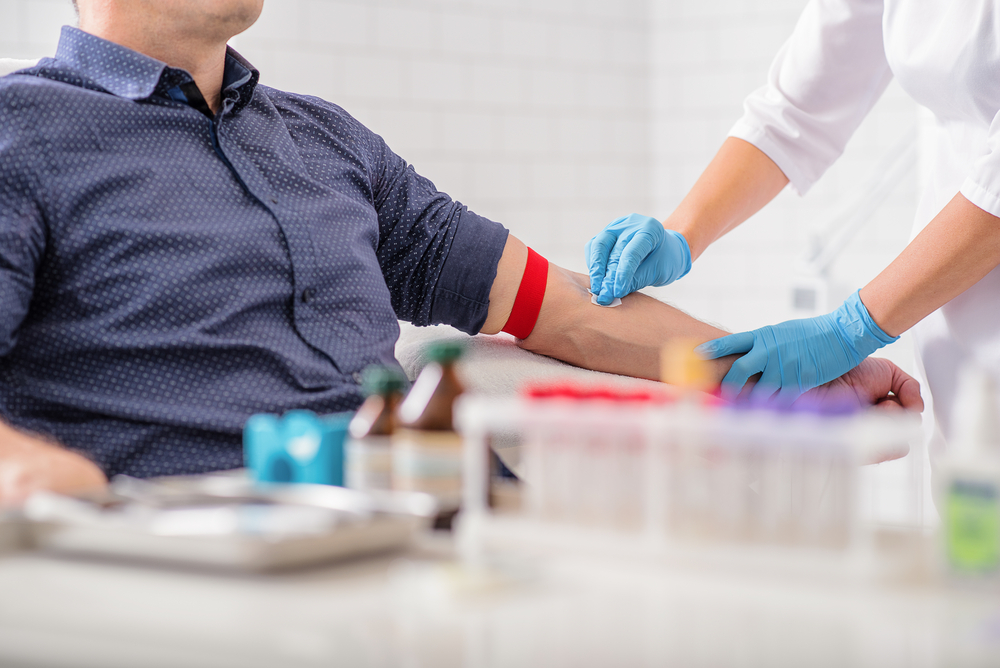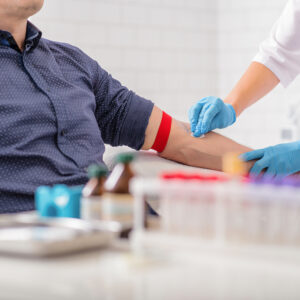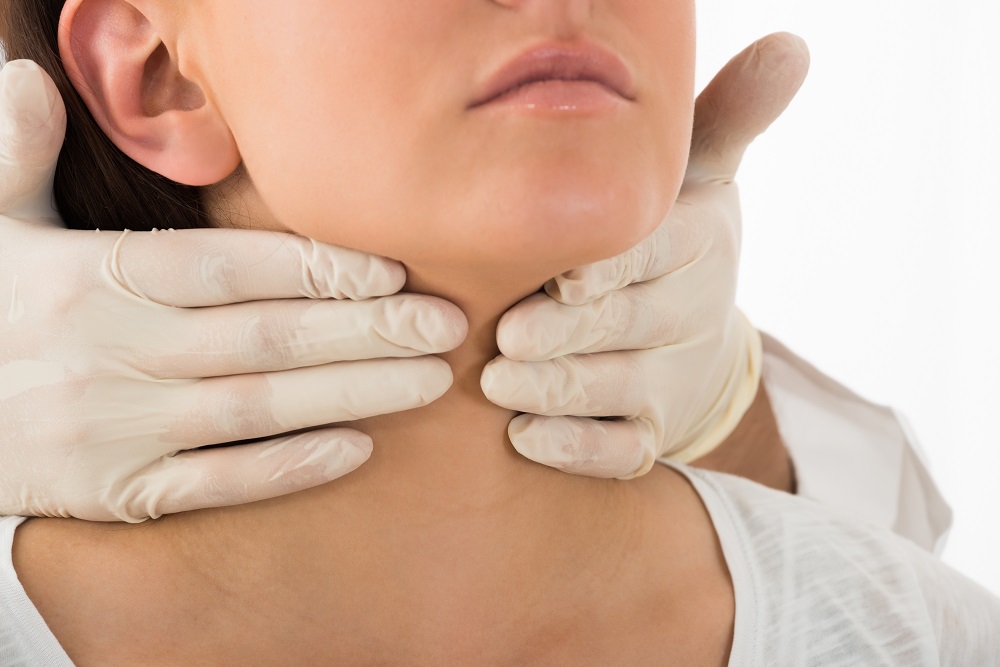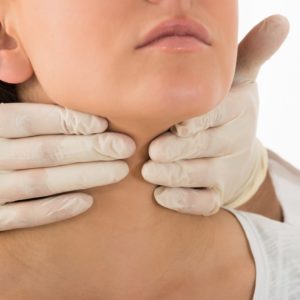Who needs an eye test? Is it only necessary if there are issues?
Eye doctors/optometrists recommend regular eye tests for individuals of all ages. Through the process of eye tests, many eye problems can be detected early. Therefore, even if you feel that your vision is normal and your eyes are in good condition, regular eye tests are still recommended.
Eye Test Items
Common eye test items include:
| Visual acuity and refraction examination | Visual acuity test |
| Refractive error assessment | |
| Visual function assessment | Color vision test |
| Stereopsis (depth perception) test | |
| Strabismus (squint) examination | |
| Ocular motility test | |
| Binocular vision assessment | |
| Eye health examination | Visual field assessment |
| Intraocular pressure measurement | |
| Pupil reaction test | |
| Anterior and posterior segment examination | |
| Fundus examination |
Eye Test Pricing Comparison
Hospitals/ Optical Centers
| Hospitals/ Optical Centers | Eye Test Items | Pricing* |
| Optical 88 | Comprehensive ophthalmic optometry examination | HK$538 |
| Myopia control assessment | HK$690 | |
| Tai Kwong Eyecare | Comprehensive ophthalmic optometry examination | HK$300 |
| Eye examination for children aged 2-3 | HK$400 | |
| Wewell Care | Adult eye test (provided by optometrist) | HK$450 |
| Children’s eye test (provided by optometrist) | HK$380 | |
| Precious Blood Hospital (Caritas) Optometry and Optical Center | Eye examination and prescription glasses service | HK$280 |
| Contact lens examination^ | HK$280 | |
| Evangel Hospital | Comprehensive ophthalmic optometry examination | HK$350 |
| United Christian Hospital | Adult eye test (for individuals aged 17 or above) | HK$450 |
| Children’s eye test (for individuals aged between 6 months and 16 years) | HK$360 | |
| Hong Kong Baptist Hospital^^ | Consultation fee | HK$670 |
| Vision (refraction) test | HK$230 | |
| Hong Kong Sanatorium & Hospital | Annual comprehensive eye test for seniors | HK$990 |
| Annual glaucoma examination | HK$790 | |
| Cataract examination | HK$990 | |
| Gleneagles Hong Kong Hospital | Eye care program (led by optometrist) | HK$320 |
| Eye care program (led by ophthalmologist) | HK$900 | |
| Yan Chai Hospital | Fundus examination | HK$420# |
Public Institutions
Hong Kong Society for the Blind General Ophthalmic and Low Vision Centre
| Items | Pricing |
| Basic optometry examination (led by optometrist) | HK$210 |
| Optometry examination (led by ophthalmologist) | HK$330 |
City University of Hong Kong Optometry Clinic
| Items | Pricing |
| Comprehensive ophthalmic optometry examination | |
| Comprehensive ophthalmic optometry examination | HK$650 |
| Comprehensive ophthalmic optometry examination + standard design contact lens follow-up examination | HK$800 |
| Comprehensive ophthalmic optometry examination + advanced design contact lens follow-up examination | HK$1,050 |
| Follow-up examination | HK$450 – HK$650 |
| Children’s vision services (suitable for children under 5 years old) | |
| Pediatric comprehensive ophthalmic optometry examination | HK$800 |
| Pediatric follow-up examination | HK$600 – HK$800 |
| Binocular coordination and visual sensation examination | |
| Binocular coordination examination | HK$650 |
| Visual sensation examination | HK$2,100 |
| Hirschberg eye muscle examination | HK$1,600 |
- *The above fees were collected by the Bowtie team from official websites or by contacting the clinics as of July 2022.
- ^Contact lens examination is only available after purchasing contact lenses at the center.
- ^^Prior consultation with an ophthalmologist is required to determine the absence of any eye diseases before undergoing a vision test.
- #Elderly individuals aged 65 or above and employees of Yan Chai Hospital and its board members can enjoy a 20% discount on the consultation fee.
Eye test only involves checking the prescription?
An eye test is not only about checking the refractive error (prescription) of the eyes. It can also help identify early signs of eye diseases such as glaucoma, cataracts, and even detect serious conditions like “the three highs” (high blood sugar, high blood pressure, and high cholesterol).
In the case of children, if vision abnormalities occur during their developmental period and are not corrected, it can affect their visual development. Regular eye tests can help detect vision problems early and facilitate referrals and treatment.
For teenagers and adults, who often use smartphones or computers and may wear contact lenses for long periods, there is a risk of eye health problems. Regular eye tests can identify any eye damage and help correct harmful lifestyle habits that can affect eye health.
Many elderly individuals experience symptoms such as dry eyes, blurred vision, excessive tearing, and floaters. These symptoms may be early signs of conditions like cataracts, glaucoma, diabetic retinopathy, or age-related macular degeneration. Eye examinations can determine if these conditions are present in the elderly and prevent the development of advanced stages that are more difficult to treat.
Is it necessary to have an eye test for children starting at the age of 4? How often should they have eye tests?
Since young children have limited understanding and expression abilities, regular eye tests can start at around 4 years old. Most children in this age group can cooperate during the examination, resulting in more reliable results. Children with normal vision should have an eye test at least once a year, while those with myopia or astigmatism should have an examination at least every six months.
What is the purpose of eye test charts/tables?
During an eye test, doctors or optometrists may use eye test charts/tables. These charts/tables serve the purpose of testing the examinee’s ability to recognize fine details at a designated distance using different sizes of letters or images. They help determine whether the person has myopia, hyperopia, astigmatism, or presbyopia.
Other types of eye tests
Hong Kong Seafarer Vision Test: According to the regulations of the Marine Department, individuals operating vessels must pass a vision test to obtain or renew a seafarer license. The test includes distance, intermediate, and near vision, as well as color vision testing. If the individual habitually wears glasses while operating the vessel, they should bring their glasses for the test.
What is pupil dilation? Is it necessary for an eye test?
Pupil dilation refers to the enlargement of the pupil.
During the process of determining the prescription for glasses, the optometrist needs to ensure that the ciliary muscle is in a relaxed state to accurately measure the patient’s distance vision. In general, with the patient looking at distant objects and the optometrist using specific examination techniques, it is possible to determine the patient’s prescription while their eyes are in a relaxed state without the need for pupil dilation. However, if the optometrist suspects hidden hyperopia or pseudo-myopia during the examination, they may use pupil dilation to recheck the prescription.






![[Chest X-ray] Understanding the Price, Procedure, and Interpretation of Chest X-ray Examination!](https://www.bowtie.com.hk/blog/wp-content/uploads/2022/06/20163126/shutterstock_560923156.jpg)
![[Chest X-ray] Understanding the Price, Procedure, and Interpretation of Chest X-ray Examination!](https://www.bowtie.com.hk/blog/wp-content/uploads/2022/06/20163126/shutterstock_560923156-300x300.jpg)